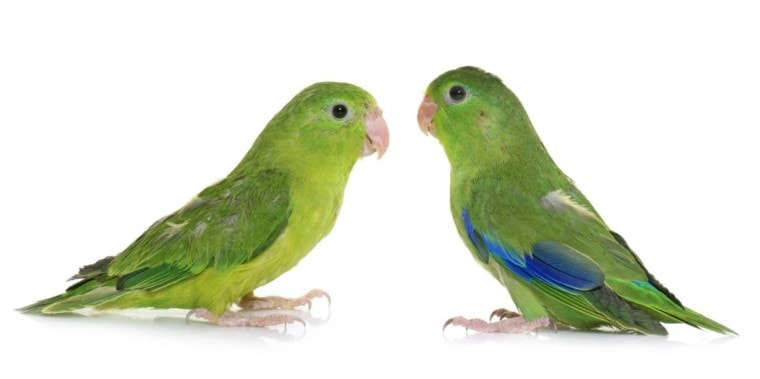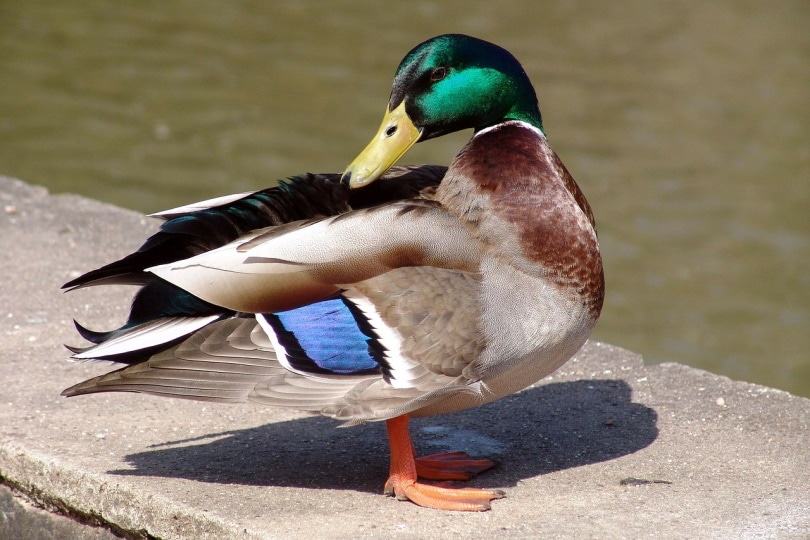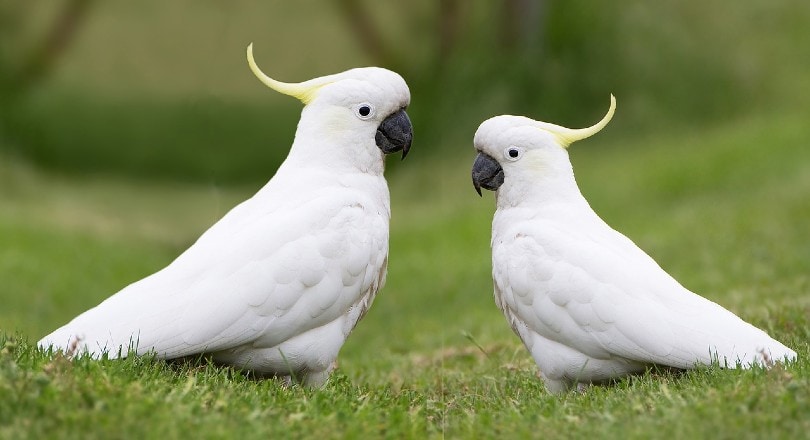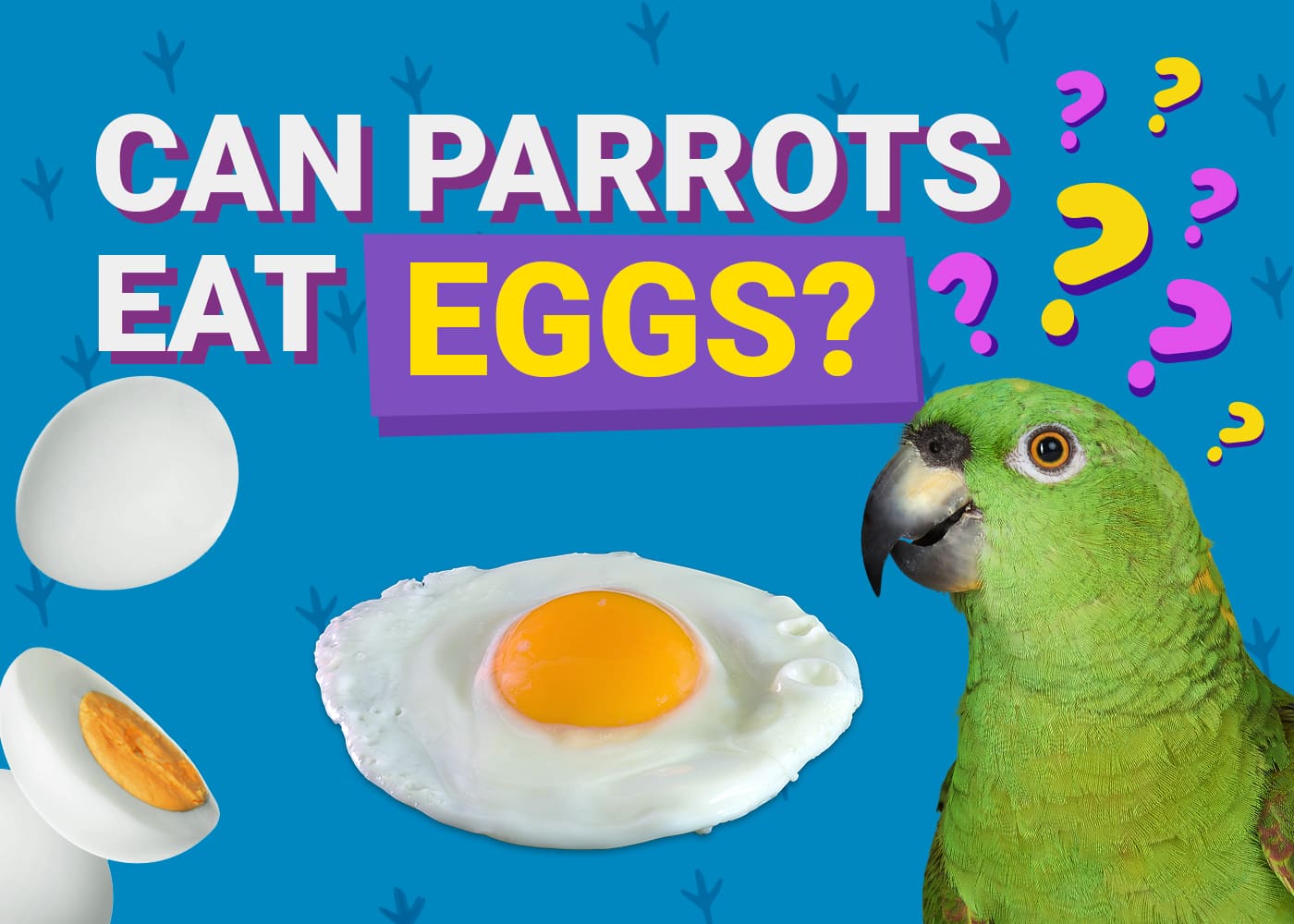
Have you ever noticed that among birds of the same species, some display striking colors while others have duller plumage? This is called sexual dimorphism and is a phenomenon commonly found in the animal kingdom, including some bird species. For example, the gorgeous Eurasian Bullfinch1 male has an orange-pink abdomen while that of the female is light brown; the male Ring-necked Pheasant2 has blue, green, and red colors on the head, sometimes a white-collar and predominantly red plumage, while the female pheasant is more of a solid brown. Thus, some male birds present brilliant colors during the breeding season, while females pale in comparison with their gray or brown plumage.
Reasons for Sexual Dimorphism
1. Birds use the vibrant colors of their plumage as a means of seduction.
One can then wonder why such differences are observed between the two sexes in birds. One of the reasons that may explain this is the concept of sexual selection, put forward by the father of the theory of evolution, Charles Darwin.
Sexual selection, in a nutshell, is one of the components of natural selection. But, unlike the latter, sexual selection is not directly related to survival, but rather to an individual’s ability to reproduce. This ability to reproduce, and therefore to ensure its offspring, depends, among other things, on the development of physical characteristics (such as plumage) but also behavioral characteristics (such as singing or knowing how to build good nests) in males. These features are crucial for females to agree to breed with males.
In the case of brightly colored birds, the males can then better “seduce” their partner and “crowd out” their rivals. The best-known example is that of the peacock, which displays its magnificent tail with shimmering colors as much to woo a female as to impress a rival.
The males strut and the females choose.
According to Darwin, females look for characteristics in their partner that show that he is the strongest and that he is able to survive in his environment. Thus, if they mate with the right male, their offspring will have a better chance of surviving.

2. The color paradox: bright colors also make birds more vulnerable to predators.
There is a catch with displaying showy colors: it makes the male more vulnerable to predators and poses a risk to its survival, which goes against Darwin’s theory of natural selection. Indeed, if females seek out the male with the best genetic makeup to ensure their offspring have the best chance of survival, then why choose those that are most visible to predators?
In other words, how do we explain the emergence of spectacular sexual traits (bright colors) that seemingly run counter to natural selection?
According to the handicap principle developed in the 1970s by biologist Amotz Zahavi, females would interpret the bright color of male plumage as proof of robustness and good health. Thus, if despite these costly and extravagant displays (which make colored males more vulnerable to predators) these males are still alive, then this would mean that they are the most vigorous and therefore the best potential parents.

Other Considerations
Another factor to keep in mind is that the way birds look at us is different from how they see each other. This is because our visual spectrum is different from that of birds. For example, birds can see UV wavelengths while we cannot. They are also much better at distinguishing between two similar colors (when compared to humans). This is part of the reason why many bird species are able to identify the gender of a member of a species with no apparent sexual dimorphism from our point of view.

Conclusion
In short, some male birds display splendid colors mainly to woo females, even if it makes them more visible to predators. Bright plumage colors can also serve to differentiate individuals between species and impress rivals. Thus, Darwin’s concept of sexual selection helps to explain the main reasons behind the sexual dimorphism of birds (with respect to colors), but there is still much to learn about the courtship displays of birds.
- Related Read: How Much Do Parakeets And Other Birds Cost At PetSmart?
Featured Image credit: Cynoclub, Shutterstock










